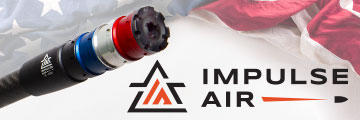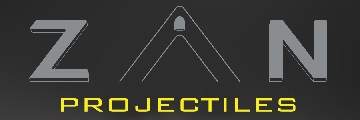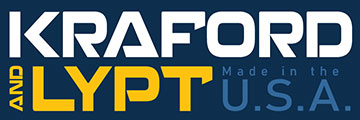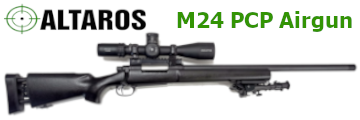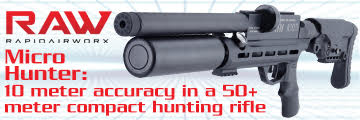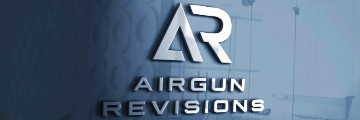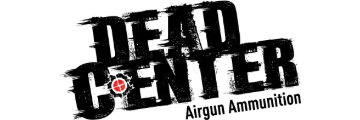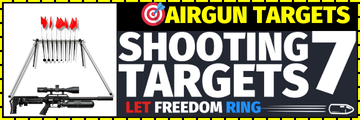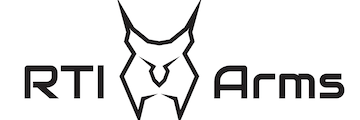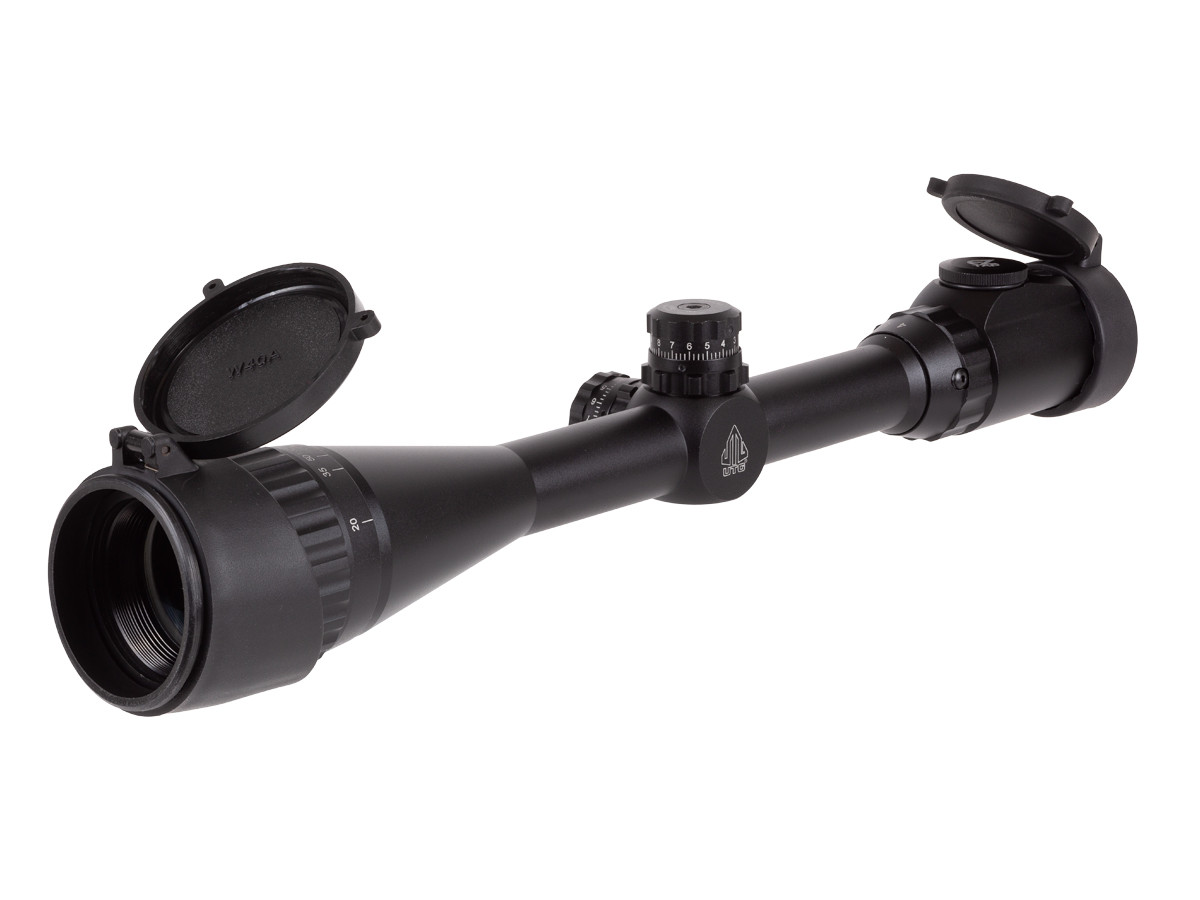I would spent a couple of hours polishing the barrel.
All my barrels are polished and I re-polish them several times every year.
I have made a 3d printed handle with two ball bearings so the rod can turn with the rifelling.
At the muscle end I 3d printed guides so the sides of the rod does not hit the muscle exit.
I use Autosol polish and polish in controlled areas.
Then cleaning and pushing a pellet or slug through the barrel. monitoring where the tight spots are.
Then i re-polish again concentrating on the tight spots.
After polishing and checking many times your tight spots are gone and you can feel the slug push through the full lenght to the choke at an even light force.
Often there is a tight spot not far from the inlet that lets your slug almost fall through many inches before meeting resistance again.
If you remove all the tighter spots your accuracy efficiency and also speeds goes up.
(It takes some or sometimes a lot time to get the tight spots away - your arm will be sore in the evening i guarantee)
But the result afterwards is rewarding.
And to the afraid ones, I once spent a day trying to increase the choke slightly on an over choke fx .177 superior liner.
I even introduced the drilling machine to rotate polish the choke.
And after many hours the choke was only ever so slightly more loose and I had to give up.
But even a light polish with Autosol paste increases the accuracy.
And lead in,---- It is most accurate right after polishing so if I would shoot a competition I would polish the barrel just before the competition.
I also watched a Youtube video from a factory visit at FX - where they tested barrels. If they did not shoot tight enough groups - they sent the liners
-------- Back to polishing!
I polished all my Barrels several times - Red wolf - Delta Wolf - FX - HW-100 and Avenger.
The many FX liners I polished and also the Avenger Barrel had a lot more tight spots to remove than the other barrels.
Accuracy is going up and the barrel stays clean much longer. and the barrel is far easier to re-clean.
But make a rod guide to protect the rod from rubbing at the entrance and muscle end, and work slowly and concentrate on the tight spots at first.
Don't be scared - be surprised about the improvement.
I understand everything you say here and agree 100% when it comes to traditional rifles. I've polished many bores on both airguns and powder burners. Usually in a search for accuracy improvements. Polishing has only improved my accuracy and never hurt it. I use JB bore paste. It's a very mild polishing agent and doesn't really alter dimensions or profile.
Unfortunately my issue isn't poor accuracy. In fact the accuracy has never been better. My issue is low power. This is a spring gun and it's completely different than a PCP or powder burner. A spring gun's power relies on optimizing a very short peak pressure spike from a very limited amount of air. They need a certain amount of start pressure resistance to spike the pressure high enough to pop the pellet up to full speed. Honing out a barrel for low, even resistance throughout its length will very likely lower velocity further because the pellet will start down the barrel earlier and the necessary peak pressure will never be met.
I really appreciate your extensive effort to help me and everything you say is perfectly applicable to every other type of rifle but spring guns are a very different animal. You'd think such a simple concept wouldn't be so involved. But it is.
Thank you for trying to help
Ron
























